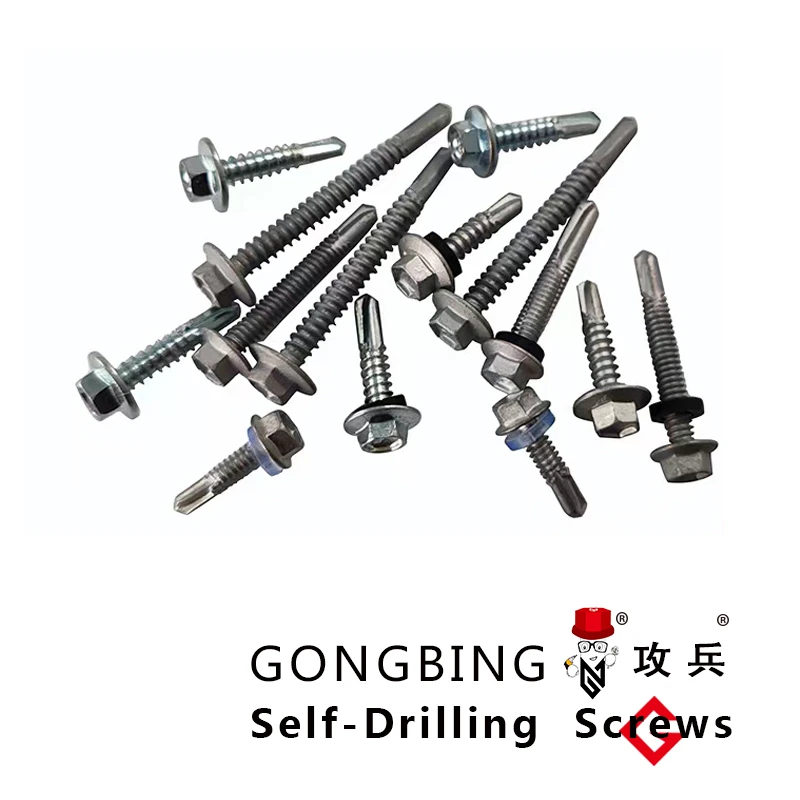self drilling screw wood
Understanding Self-Drilling Screws for Wood
Self-drilling screws have revolutionized the way we approach woodworking and construction projects. These specialized fasteners, designed with a sharp drill point, eliminate the need for pre-drilling holes in wood. This feature not only saves time but also enhances efficiency and accuracy in assembly.
Understanding Self-Drilling Screws for Wood
When selecting self-drilling screws for wood, it’s crucial to consider the material’s density. For softer woods like pine or cedar, screws with a finer thread pattern are often sufficient. However, when working with denser hardwoods, a coarser thread can provide a more secure grip. The screw size is also important; longer screws may be necessary for thicker pieces of wood to ensure a strong hold.
self drilling screw wood

Installation is straightforward with self-drilling screws. The drill point allows for quick penetration, and the screw’s threading helps it to create a tight bond as it is driven into the wood. This ensures a sturdy connection without the risk of splitting, which can sometimes occur when using traditional screws and pre-drilling methods. Additionally, self-drilling screws often come with a variety of coatings, such as zinc or black oxide, providing resistance to corrosion and enhancing durability in outdoor applications.
Though highly efficient, proper technique is essential to maximize the benefits of self-drilling screws. It’s advisable to use a power drill with adjustable speed settings to ensure control during installation. Starting at a lower speed can help prevent over-driving, which can lead to damage or stripping of the wood.
In conclusion, self-drilling screws are an invaluable tool in woodworking that offers speed, efficiency, and reliability. Their ability to simplify the fastening process while accommodating various wood types makes them an indispensable addition to any toolkit. Whether for a home improvement project or a professional build, understanding and utilizing self-drilling screws can significantly enhance the quality and speed of your work.
-
Weatherproof Plastic Expansion Anchors for OutdoorNewsJun.06,2025
-
Sustainability in the Supply Chain: Eco-Friendly TEK Screws ProductionNewsJun.06,2025
-
Load-Bearing Capacity of External Insulation FixingsNewsJun.06,2025
-
Double Head Bolts: Enhancing Efficiency in Industrial MachineryNewsJun.06,2025
-
Corrosion Resistance in Chipboard Screws: Coatings for Wholesale DurabilityNewsJun.06,2025
-
Butterfly Toggle Bolts : Enhancing Structural ResilienceNewsJun.06,2025
